In the world of music, there are a number of different techniques and styles that musicians can use to create unique sounds and textures. Two of the most common techniques used in both classical and contemporary music are staccato and pizzicato. While both of these techniques involve plucking the strings of an instrument, they are actually quite different from one another in terms of their sound and the way they are performed. In this article, we will explore the differences between staccato and pizzicato, and how they can be used to create a wide range of musical effects.
Understanding the Basics of Music Terminology: Staccato and Pizzicato
When it comes to understanding music terminology, two common terms that often come up are staccato and pizzicato. Staccato refers to a musical style where notes are played in a short, detached manner. This means that the notes are cut off abruptly, rather than being held or sustained. On the other hand, pizzicato is a technique used in string instruments where the player plucks the strings with their fingers, rather than using a bow. This produces a sharp, percussive sound, and is often used to create a rhythmic effect in music. Both staccato and pizzicato are essential techniques used by musicians to add variety and interest to their music, and understanding these terms can help you appreciate the nuances of different musical styles.
The Art of Plucking Strings: Exploring Pizzicato in Music
The art of plucking strings is an integral part of music, and one technique that explores this aspect is pizzicato. This technique involves plucking the strings of a bowed instrument, such as a violin or cello, with the fingers instead of using the bow. The resulting sound is crisp and percussive, adding a unique texture to the music. Pizzicato can be used in a variety of genres, from classical to jazz to pop, and can be played in a variety of ways, such as plucking one string at a time or plucking multiple strings simultaneously. It requires skill and precision to execute properly, and can add a playful or dramatic effect to the music. Pizzicato is a versatile technique that allows musicians to explore the full potential of their instruments and create a dynamic and engaging musical experience.
Mastering the Short Notes: A Closer Look at Staccato
Mastering the Short Notes: A Closer Look at Staccato
When it comes to playing music, short notes can be just as important as long ones. One of the most common ways to play short notes is through staccato. Staccato is a technique where the musician plays a note or series of notes with a brief, detached sound. This can be achieved on most instruments, including strings, brass, woodwinds, and percussion.
One way to play staccato on a string instrument like a violin or cello is through a technique called pizzicato. Pizzicato involves plucking the strings with the fingers rather than using the bow. This creates a short, sharp sound that is perfect for staccato passages. On a piano, staccato can be played by quickly releasing the key after striking it, creating a short, crisp sound.
Staccato can be used to create a variety of musical effects. It can add a sense of urgency or excitement to a piece, or it can be used to create contrast between long, sustained notes. It can also be used to create rhythmic patterns or to emphasize particular notes or phrases.
To master staccato, it is important to practice proper technique. This includes using the
How to Differentiate Between Staccato and Pizzicato in Music
When listening to music, it can sometimes be difficult to differentiate between staccato and pizzicato. Staccato refers to a short and detached style of playing, where each note is separated from the next. This is usually achieved by playing each note with a sharp and precise attack, followed by an immediate release. On the other hand, pizzicato refers to a plucking technique used on stringed instruments. This creates a sharp and percussive sound, similar to that of a guitar or mandolin. The key difference between the two is that staccato is a style of playing, whereas pizzicato is a specific technique used on stringed instruments. By listening closely to the music, you can usually distinguish between the two and appreciate the unique qualities of each.
Adding Texture and Emotion: Using Staccato and Pizzicato in Your Music
To add texture and emotion to your music, consider incorporating staccato and pizzicato techniques. Staccato notes are short and detached, creating a sense of urgency or excitement, while pizzicato notes are plucked instead of bowed, adding a playful or percussive quality. By using these techniques in combination with other musical elements, such as dynamics and tempo, you can create a dynamic and expressive piece that engages and moves your audience. Experiment with different combinations of staccato and pizzicato to find the right balance for your composition, and don’t be afraid to let your emotions shine through in your music.
Conclusion
In conclusion, music is a form of art that expresses emotions, ideas, and feelings through various techniques and styles. Staccato and pizzicato are two distinct techniques used by musicians to create different effects and add texture to their compositions. Staccato is a technique where notes are played short and detached, while pizzicato involves plucking the strings of a stringed instrument to create a percussive sound. The main difference between the two techniques is that staccato is used to create a rhythmic and sharp effect whereas pizzicato is used to create a softer and more delicate sound. Both techniques are commonly used in classical music, but they can also be found in other genres such as jazz, pop, and rock. Overall, mastering these two techniques can greatly enhance a musician’s ability to convey their artistic vision and create a memorable performance.
